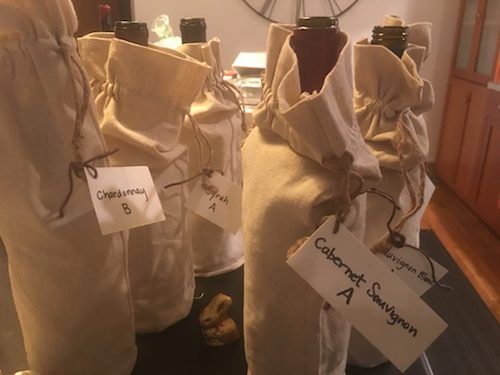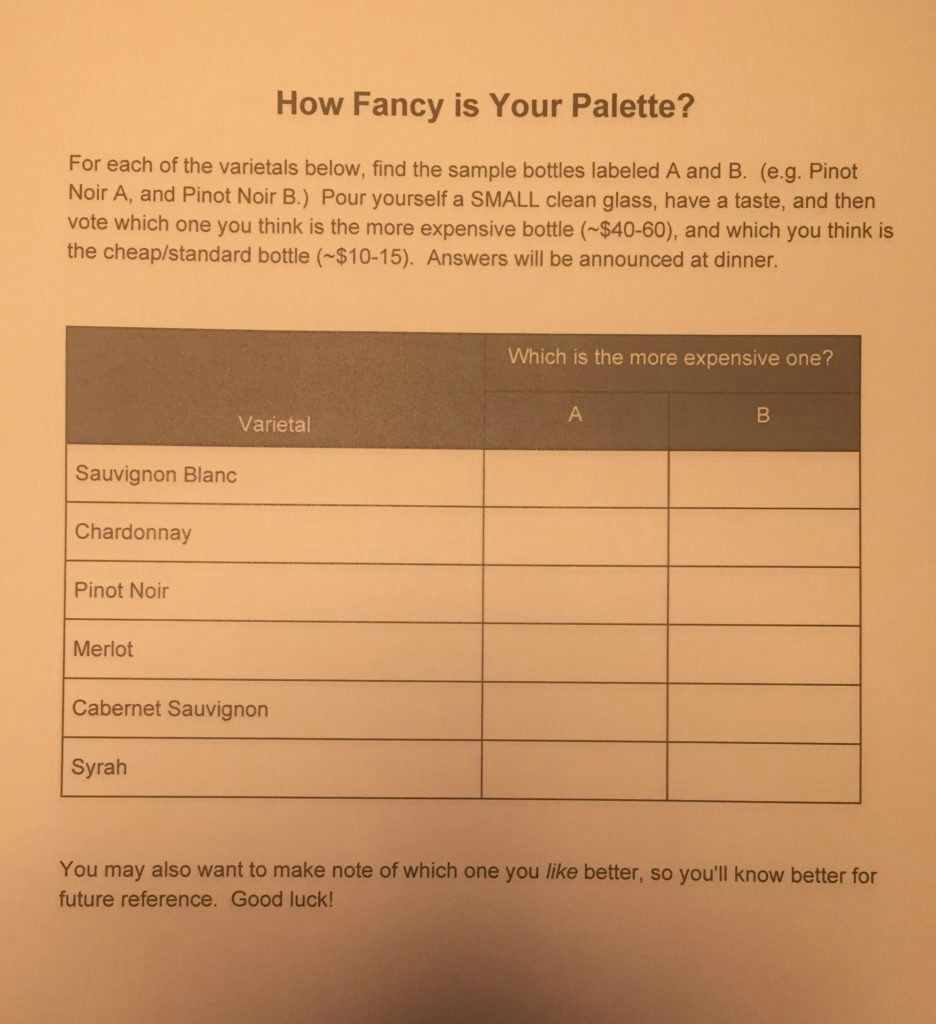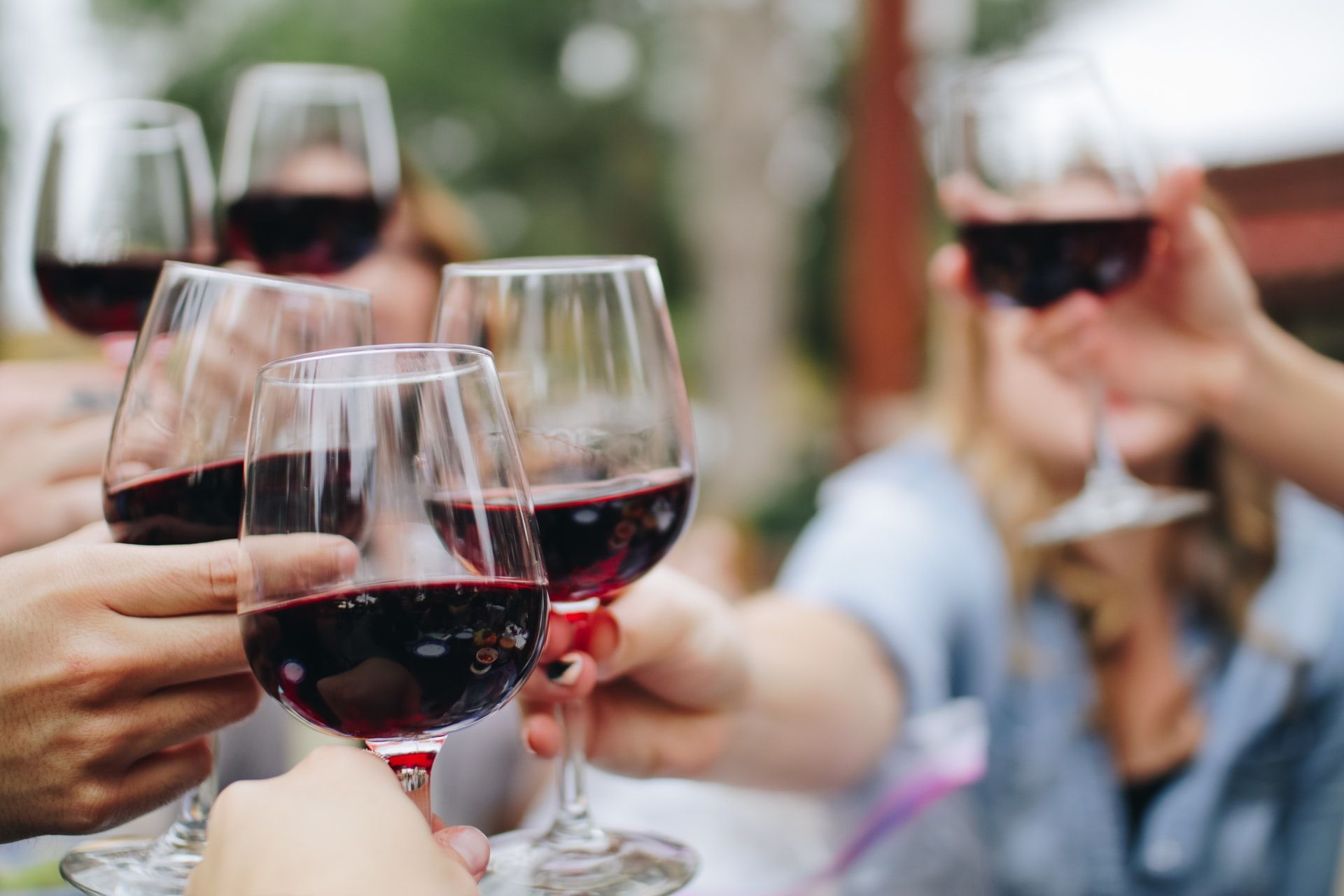We all have that one friend. He spends 10 minutes analyzing the wine menu, he asks the sommelier a ton of fancy-sounding questions about each vintage, and he gravitates toward the more expensive bottles, usually in an attempt to impress everyone at the table.
We naturally want to believe that there is a deep science to this friend’s obsession with fermented grapes. But as someone who can barely even tell the difference between a merlot and a warm chardonnay with my eyes closed, I couldn’t help but wonder: Is this all bullshit? Is expensive wine worth it?
It was time to get scientific. So my wife, Adrienne, and I decided to host a blind wine tasting experiment where we attempted to settle this question once and for all. Can our wine-loving friends tell the difference between the taste of an expensive bottle and a lower-priced bottle of wine?
[Check out Brainscape's list of top wine apps for WSET students and wine lovers for some super helpful tools you can use to better guide and inform your wine learning journey.]
The expensive wine experiment
The first step in conducting this study was to determine which wines to use. Our friend Suzanne—an experienced, self-identified “wino” and aspiring sommelier—helped us select a group of 12 wines (6 varietals x 2 options each) that would present the most representative low-priced and expensive choices for the varietals in question.
For each varietal, we purchased one representative “expensive” bottle ($40-60), and one representative standard/best-value bottle ($10-15) from the same region and roughly the same year. We then cloaked the bottles with an opaque canvas bag and labeled them with their varietal and the letter A or B (i.e. Pinot Noir A, Pinot Noir B, etc.). Telling attendees which varietal they were tasting eliminated any external confusion and helped us focus on nothing but the level of perceived “quality” for each option.

All attendees then poured themselves a glass from each bottle and tasted the varietals one pair at a time. They were asked to evaluate, on the “palate ballot” below, which of each wine they thought was the more expensive wine.

The results
We announced the results at the end of a delicious dinner that Adrienne prepared for our guests.
Across all 14 of our wine tasters, the average grade was about 55% correct, or barely better than if they had just randomly selected A or B across the board! Not a single person got all 6/6 correct. At first glance, it would thus appear that wine snobbery is, indeed, bullshit.
However, it should be noted that our four friends who have most seriously studied wine in the past were precisely the four people who scored highest on the test (with scores of 4/6, 4/6, 4/6, and 5/6). And in most of those cases, the only ones they missed were the two varietals of white wines, which everyone agreed were the most difficult to tell apart (likely because they are served chilled).
We can therefore state the following: For people who have spent years developing a highly refined wine palate, it may indeed be worth it to purchase the more expensive bottle (for red wines at least). But for most of us mere mortals, a decent $15 bottle will probably taste just as good as a $50 bottle.
This seems to be consistent with the research: in general, more expensive wines do taste better ... but most people aren't very good judges of wine.
The only remaining caveat is to remember that there is more to wine enjoyment than just taste. Wine aficionados can also derive emotional value from the story of the vineyard, the science behind the particular fermentation technique, and/or the branding and marketing that they may have been exposed to. Whether those intangible values are worth paying more than four times as much money is a matter of personal preference.
[Check out Brainscape’s mobile and online flashcards for studying wine]
Conduct your own experiment
Finally, in case you are interested, below is a list of the actual wines we used in this experiment. Wherever possible, we tried to select the most “representative” standard vs. expensive versions of each varietal, keeping them within the same region and roughly the same vintage wherever we could.
We recognize that some readers may object that the higher-end bottles we chose were not “expensive” enough. “If you’d chosen a $100 bottle,” some of our own attendees assured us, “then I totally could have told the difference.”
If that sounds like you, then by all means, please buy those expensive wines and replicate this experiment yourself! We’d love to hear the results.
(We also have some great advice on how to buy wine online with nifty tips and tricks. Check it out.)
And you might also like our other articles about wine careers:
- How to get a career in wine by acing the WSET Level 2 exam
- How to advance your career in wine with the WSET Level 3 exam
- How to study for the WSET Level 2 exam more efficiently
- How to study for the WSET Level 3 wine exam more efficiently
| Varietal | Wine Name / Price |
| Sauvignon Blanc | Le Chene Marchand 2015 Sancerre (Loire Valley), $40 |
| Domaine Fournier 2015 Sancerre (Loire Valley), $14 |
|
| Chardonnay | Domaine Entebbe Jubilee 2011 Burgundy, $55 |
| Joseph Drouhin 2014 Burgundy, $14 |
|
| Pinot Noir | Alexana 2013 Willamette Valley, OR, $55 |
| The Pinot Project 2014 California, $10 |
|
| Merlot | Frog’s Leap 2014 Napa Valley, $50 |
| Hanging Vine 2014 Central Valley, CA, $13 |
|
| Cabernet Sauvignon | Honig 2014 Napa Valley, $55 |
| Josh Cellars 2015 Napa Valley, $17 |
|
| Syrah | Anthill Farms 2014 Sonoma County, $38 |
| Cline 2014 Sonoma County, $13 |

